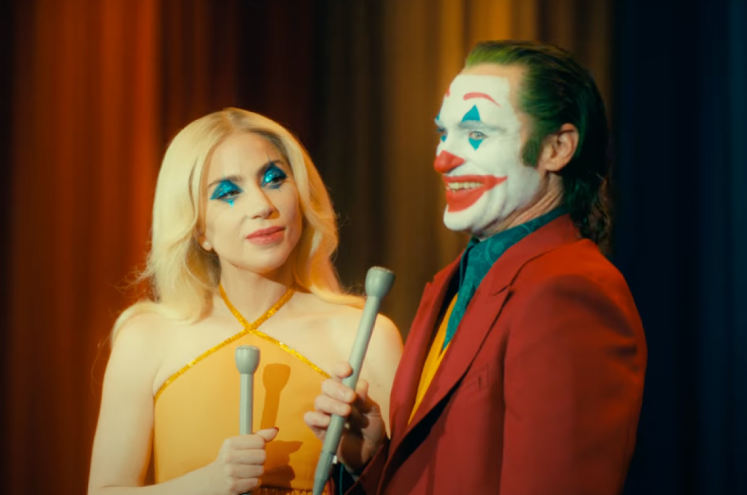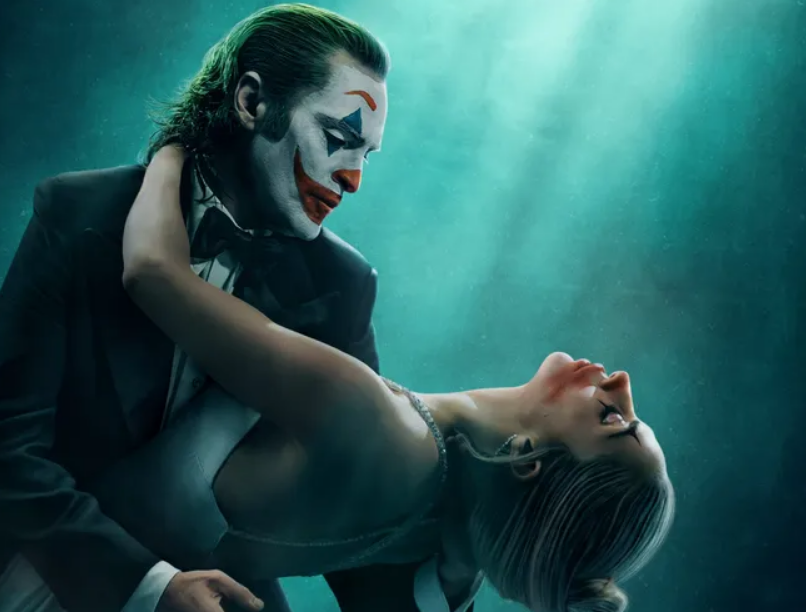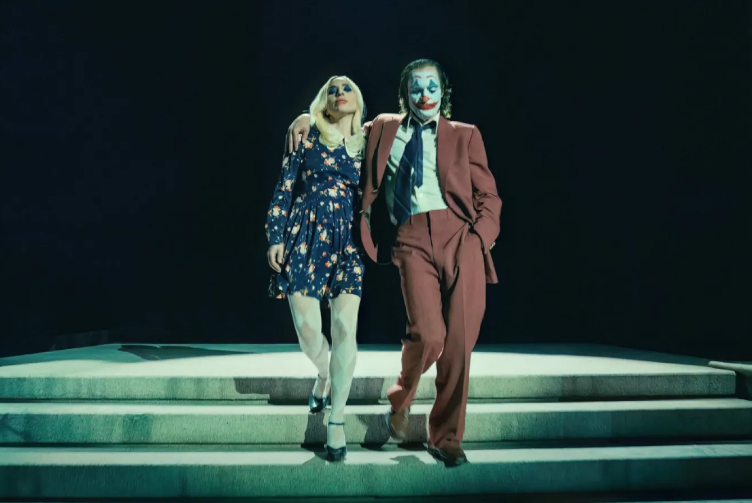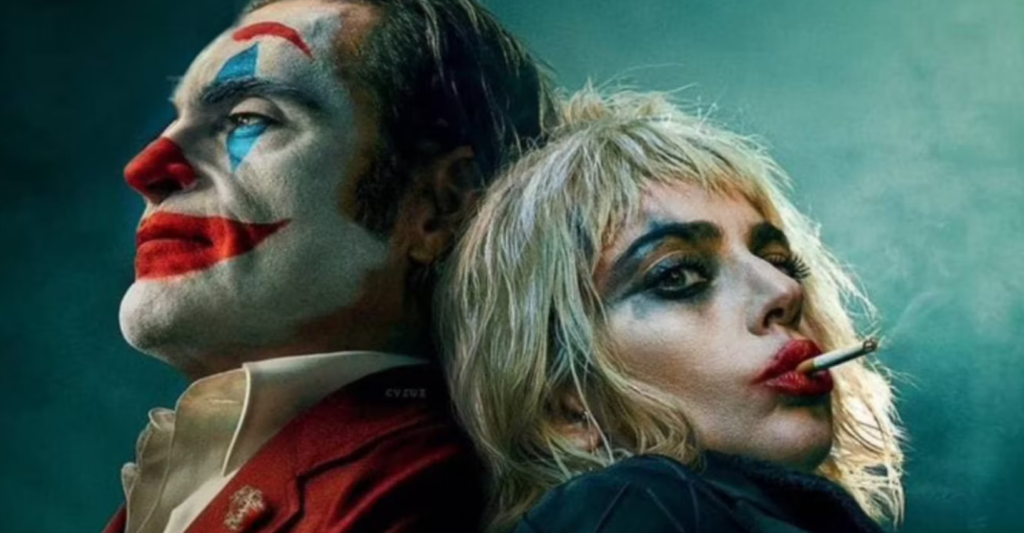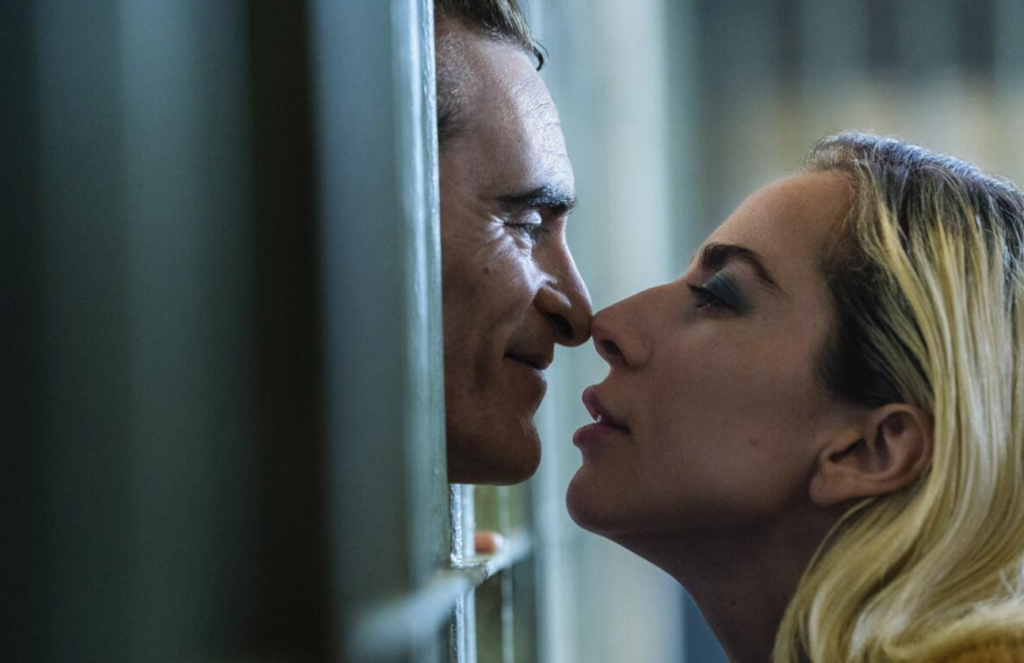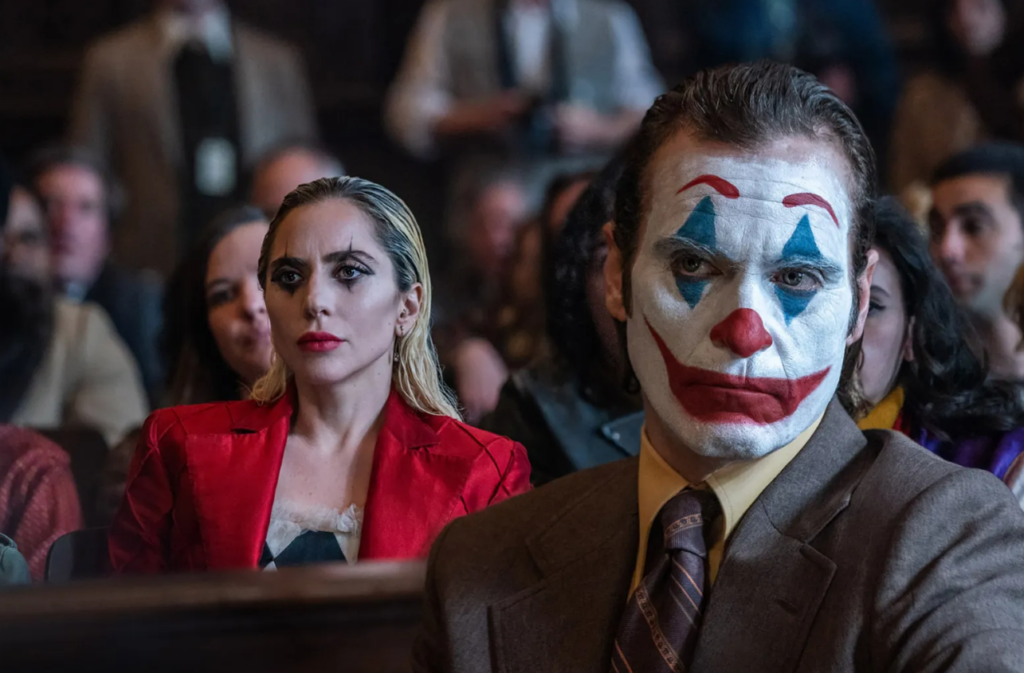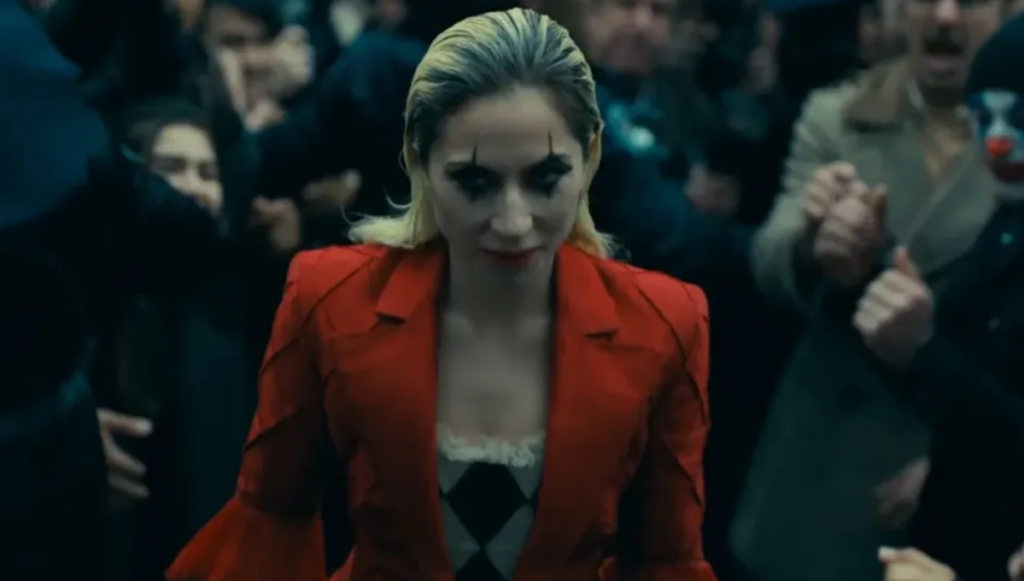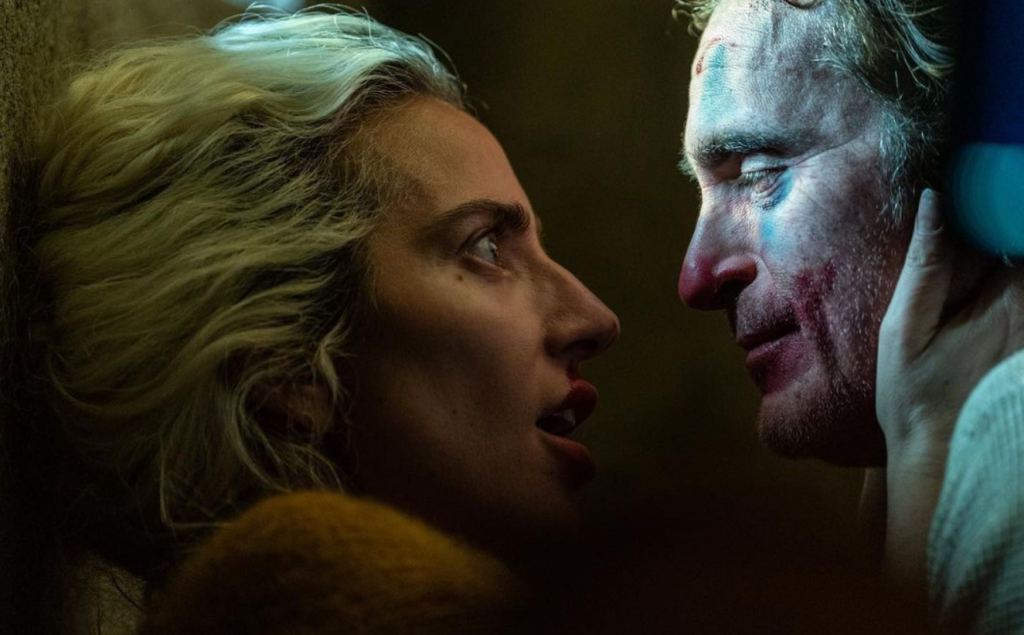Table of Contents
Joker (2019), the fervour surrounding this film spoke to a mission that was more than just another comic book film: it was a backstory that dared to revel in one of the most mysterious and complex villains to appear on the pop cultural firmament – not just Batman’s enemy, but a tragedy in his own right. For the first time, this enabled us to see Joker not as a crazed genius in a world of superheroes but as Arthur Fleck, a man suffering from mental illness and societal rejection, brought down to his ankles.
It was revolutionary. The guy who had been overshadowed by Batman or portrayed as a cartoon-like villain was now treated with a depth and seriousness that felt long overdue. Fans had longed for something deeper in the make-up of the man behind it. The Joker as an expression of the illness of society, as a symbol of how isolation and neglect can turn a man into a monster. And Joker (2019) was delivered with Phoenix offering an unflinching, raw performance that leaves one disturbed and empathetic.
Swipe to see a few good pictures!
This was the Joker without the grand schemes and comic book flair, just an ordinary man twisted by extraordinary circumstances. It spoke to something bigger than Gotham. It tapped into real-world fears and frustrations. People left the theater in deep contemplation, not just about Arthur Fleck, but about the world around them.
So when whispers of a sequel began, it wasn’t surprising that fans were torn. In one corner, Joker had become a phenomenon and people wanted more of the man they had just begun to understand. In the other, the film had tied up so cleanly in its ambiguity, leaving so much room for interpretation and imagination. A sequel felt unnecessary, but more importantly, it was risky. What more could be said that hadn’t?
The wait for Joker: Folie à Deux has been undeniably bleak. Might lightning strike twice? Can they really get another masterpiece out? With Lady Gaga playing the role of Harley Quinn, fans were expecting a hot, twisted love story as opposed to the first film’s exploration of alienation and insanity. And yet, as we soon learned, some stories are better left untold.
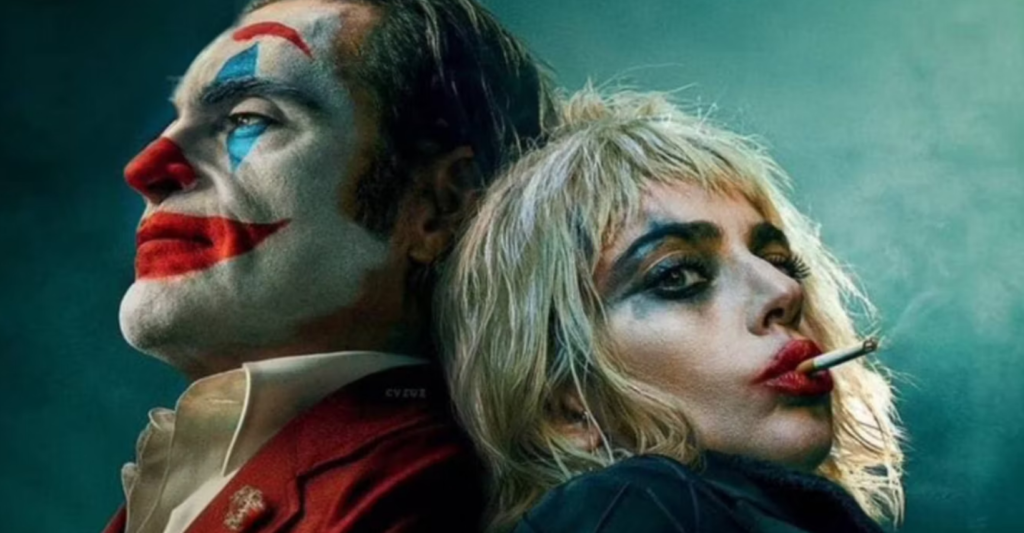
Lady Gaga plays Harley Quinn beside Joaquin Phoenix (Source)
Joker: Folie à Deux had everything going for it: an A-list cast, a director with a proven track record, and the operatic prestige of a first film that broke records. But the magic of Joker wasn’t in its darkness or in its commentary. It was in restraint: not explaining too much, not filling in every blank, not allowing the viewer to figure things out, leave them wondering. But to try to recapture that magic, Folie à Deux overplayed its hand, trading in subtlety for flash and surreal spectacle and getting rid of that emotional kick.
In the end, the real question is: did we ever need a sequel?
The Original’s Success Was Grounded in Realism
What made Joker (2019) so impactful was its grounding in gritty realism. It was a surprising yet welcome jolt when the movie went down and refused to milk anything to the mythical levels most superhero movies go-a movie that chose psychological character observation rather than the usual choice of plot. Every shot reeked with raw, uncomfortable tension. Here was a transformation into the Joker from societal neglect, personal trauma, and mental illness rather than from some cartoonish origin involving chemical vats or evil plots.
That is how realistic the movie seemed, so the viewers could connect with Arthur’s situation in a really unsettling way. But it was not just the coming to life of a comic book villain; we were watching the breakdown of a man absolutely, of a person whom the society failed. That was the beauty of the movie. It blurred the lines between fiction and reality and made us think about how much of the story could be allegory to our world.
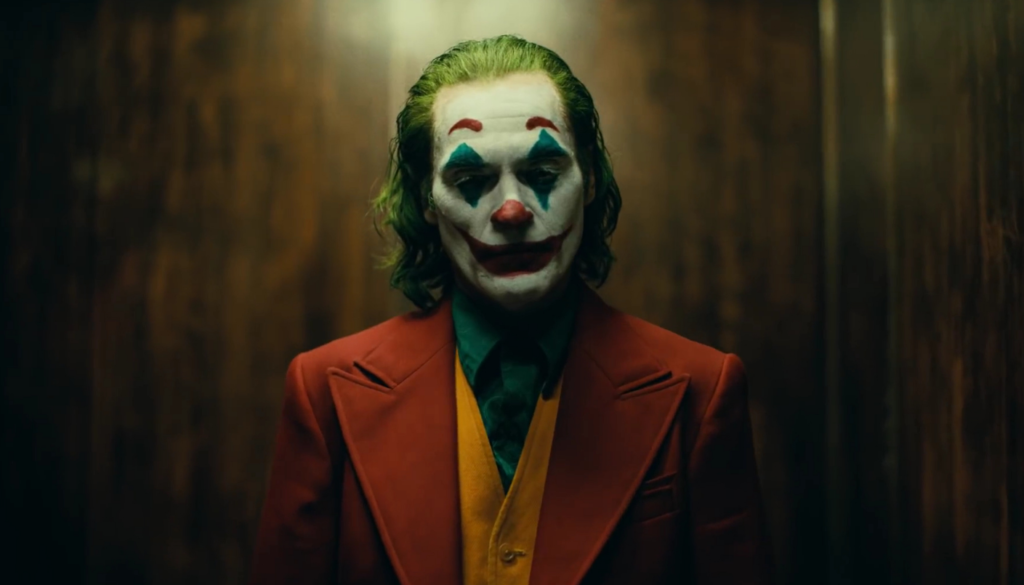
Joker was special just because it is not another run-of-the-mill comic book film. There is no lurking Batman in the background; no general mayhem brewing in Gotham City that needs to be unravelled. It was very personal, and it was very intimate, and that’s what made the film special.
Folie à Deux Tried to Recapture the Magic, but Forgot the Formula
In stark contrast, Joker: Folie à Deux went the opposite way, embracing surrealism and musical numbers and a stylised view of Arthur’s world. All those risks are admirable, but they have to be to the story’s benefit. Here, they made no sense-artistic novelty rather than a narrative with emotional resonance.
The musical approach never quite felt right in the film, though it started off intriguingly. Rather than adding depth to the plot, the musical interludes were instances of detours that interrupted the potential tension that would have arisen from what could have been an intense psychological exploration of Arthur. It felt like it wanted to be La La Land in Arkham Asylum but just didn’t click right.
In trying to make the sequel its own creature, Phillips strayed from what truly made the first Joker so poignant: its grounded rendition of a man slowly going apart at the seams, under the weight of societal indifference. For example, the surreal musical moments were nice to look at but kinda gimmicky-they seemed to be trying too hard to distinguish the sequel from the first film without offering any meat on the plate.
Harley Quinn: A Missed Opportunity
Now disclaimer: we all love Lady Gaga. I mean how can you not, its GAGA. The woman who, in the early 2000s, rocked the meat dress, pushed the boundaries of fashion, and became an icon of unapologetic self-expression. But what made her so fascinating back then? Perhaps, in a poetic sense, Gaga’s early persona was influenced by her own internal “Joker.” The mental strains, the pursuit of an identity, and the madness of fame, Gaga embodied it all.
Her early years seemed like the birth of a character, much like Arthur Fleck turns into Joker. She played into this chaos, feeding the world something bizarre and raw to then crave. Gaga’s fearless exploration of identity felt quite like the madness of Joker-hood: giving in to what the world craved while keeping turmoil beneath. But like Arthur Fleck, her performances have always been more than just shock value; they have always remained deeply attuned to who she is. She reflected the same confusions regarding mental health and fame she was carrying inside.
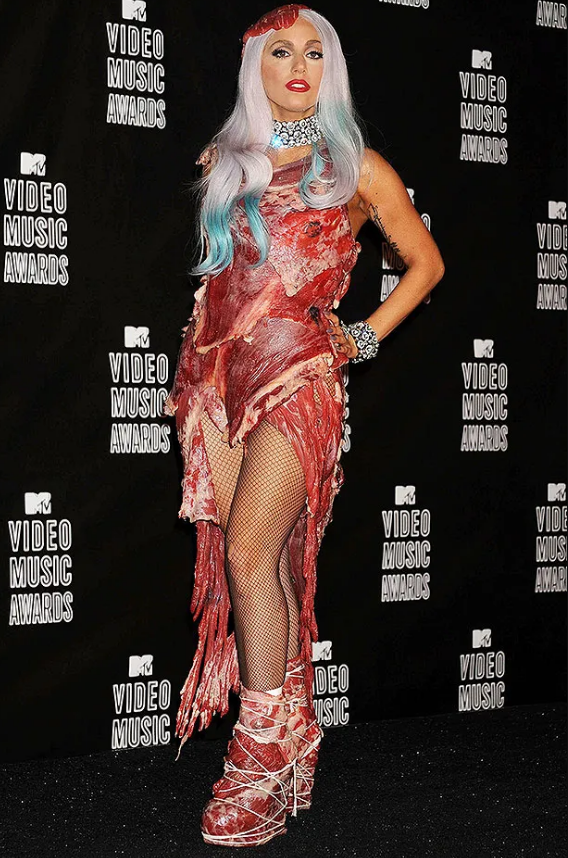
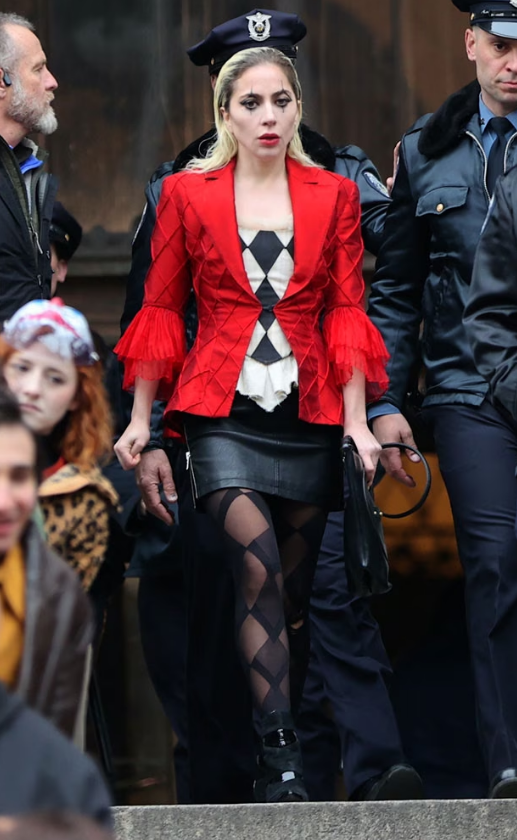
It is that sense that makes her casting as Harley Quinn in Joker: Folie à Deux just make so much sense on paper. Gaga has always channeled a certain chaos, much like Harley does. The way she has navigated fame, all the highs and lows of it, mirrors the toxic love story that is the heart of Harley’s entire relationship with the Joker. However, in Folie à Deux, that promise never came to fruition. The film instead reduced Gaga to being more of a mere surface-level character-more a prop for Arthur’s saga than a fully fleshed-out partner in crime-instead of giving her space to dive deeper into the madness that is Harley.
Harley Quinn, like Gaga, thrives in chaos: finding both identity and madness within her relationship to the Joker. But while Gaga’s career embraced her Joker and made something beautiful out of it, Folie à Deux failed to give Harley Quinn the depth and nuance that would have made a film out of this disjointed hodgepodge. The Harley we got felt more like Gaga’s early, experimental self—all bold and stylish and without an iota of emotional punch that we know she is capable of.
Where’s the Social Commentary?
One of the strongest aspects of the first Joker movie had to do with a commentary on the failing of society. How this movie portrayed one man slipping through the cracks of an uncaring world seemed timely, relevant, and perceptive about real-world discussions of mental health, income inequality, and how the wealthy and the poor don’t really connect. Arthur’s transformation into the Joker was just as much a personal descent into madness as it was the failure of society.
But in Folie à Deux, that social commentary seems muted, virtually nonexistent. This sequel seems much more invested in Arthur’s interior world and in the spectacle of his madness than in using him as a lens through which one examines the outside world. That social realism anchoring the first movie gives way here to abstracted sequences that may be visually striking but lack weight and meaning.

The world surrounding Arthur is no longer a character unto itself. In the first, Gotham was as much a character in Arthur’s transformation as his own mind was: the trash-filled streets, the apathetic social workers, the economic disparity all contributed to his development. In Folie à Deux, Gotham becomes little more than a backdrop for Arthur and Harley’s song-and-dance numbers, its grimy realism erased.
The By-Line
Ultimately, the biggest issue with Joker: Folie à Deux is that it undermines what made Joker (2019) so impactful. The original was a carefully constructed character study that left room for interpretation and contemplation. It didn’t need a sequel because it had already said everything it needed to say.
In attempting to expand upon Arthur’s story, Folie à Deux waters down the very fabric of that which made the first film strike such a deep resonance. It trades in psychological depth for spectacle, grounded realism for surrealist musical numbers, and scathing social commentary for shallow character development. The original Joker left us with haunting questions about mental illness, societal indifference , and the blurred line between sanity and madness. Folie à Deux gives way to a series of dislocated moments which are beautifully shot but cannot quite Living provide the same emotional punch.
Sometimes, less is more. And in the case of Joker, less would have been perfect.
What did you think about Joker: Folie à Deux? Did it live up to your expectations, or do you feel the sequel was unnecessary? We’d love to hear your thoughts, whether you loved it, hated it, or fall somewhere in between. Share your insights and join the conversation by writing to us at @editor.mindbrews.in. Let’s discuss what worked, what didn’t, and how this sequel fits into the legacy of one of the most iconic villains of all time.
